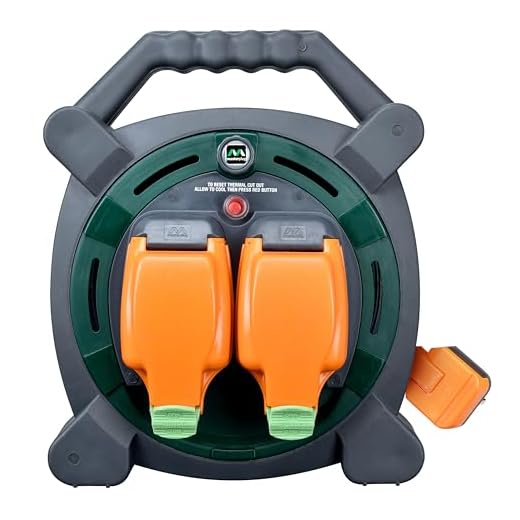



If your cleaning tool is shutting off unexpectedly, the first thing to examine is the power source. Ensure the outlet is functioning properly and that the device is securely plugged in. A loose connection can lead to intermittent power loss, causing the equipment to stop working. Testing the outlet with another appliance can help confirm its reliability.
Next, inspect the extension cord, if you are using one. A damaged or under-rated cord may not provide sufficient power, leading to shutdowns. Look for any fraying, cuts, or kinks that could cause interruptions in the electricity supply. Using a heavy-duty cord rated for outdoor use is advisable to prevent issues.
Overheating can also trigger a shutdown. Make sure the unit is clearing obstructions in the intake and that the water supply is adequate. Blockages can lead to strain on the motor, resulting in overheating and automatic shut-off for safety reasons. Regularly checking hoses and connections for blockages is crucial.
Check for any signs of motor issues or electrical faults. A malfunctioning motor may cause sporadic shutting down. Listening for unusual sounds or scents can indicate underlying machinery problems. Consulting the user manual for troubleshooting tips specific to your model is also helpful.
Identifying Power Supply Issues
First, check the extension cord. Ensure it is rated for the wattage your device requires. A cord that is too thin can cause voltage drop, resulting in unreliable operation.
Next, inspect the outlet. Try plugging another appliance into the same socket to verify it functions correctly. A faulty outlet can disrupt power flow.
Examine the circuit breaker. If your outlet is on a shared circuit, excessive load can lead to tripping, cutting off power. Reset the breaker and avoid overloading the circuit.
Look for frayed or damaged wires in the power cord. A compromised cord can lead to short circuits or interruptions. If you notice any damage, replace the cord immediately.
Keep an eye on the water source. An insufficient flow can cause the unit to draw excessive current, leading to overheating and automatic shutdowns. Ensure the source is adequate for the task.
Finally, consider the voltage requirements of your device. Using it with a generator or inverter that doesn’t meet specified voltage can lead to improper functioning. Always ensure the power source matches the manufacturer’s specifications.
Understanding thermal overload protection

Check the thermal overload protection feature, as it is integral to maintaining your machinery’s longevity. This system is designed to prevent overheating by automatically shutting off power to the motor when it reaches unsafe temperatures.
When operating the device for extended periods or under heavy loads, heat can build up rapidly. If the motor becomes too hot, this protection measure activates. After a cool-down period, you typically need to reset the unit before it resumes normal operation.
It’s advisable to let the machine rest for about 30 minutes after it has shut down due to thermal overload. This allows the components to cool down sufficiently and helps avoid long-term damage. If frequent shutdowns occur, inspect for blockages in the water intake or examine the pressure settings. These factors could contribute to the motor working harder than necessary.
Regular maintenance can help in preventing overheating. Clean any filters and check hose connections to ensure proper water flow. If problems persist, consulting the manufacturer’s guidelines or reaching out to a professional for further assessment may be beneficial.
By closely monitoring these aspects, you can enhance the efficiency and durability of your device while minimizing overheating risks.
Examining Hose and Nozzle Clogs
Start by disconnecting the water supply and inspecting the entire hose for any signs of kinks or punctures. A twisted or damaged hose can restrict water flow. If everything seems intact, check for debris accumulation in the nozzle. Often, dirt or sediments clog the openings, which prevents optimal performance.
To clear obstructions in the nozzle, soak it in warm soapy water for several minutes. Use a soft brush or a toothpick to gently remove any stubborn blockages. Rinse thoroughly before reattaching. Ensure that the nozzle is the correct type for your model; incompatible nozzles can also impede functionality.
Also, remember to regularly clean your water filter, if equipped. Failure to maintain this component can lead to further clogs within the system. Regular checks and cleanings promote better performance and longevity of your equipment.
If disruptions persist despite addressing these issues, consider replacing worn-out components such as the hose or nozzle. Investing in quality parts enhances reliability and overall cleaning efficiency.
Assessing the pressure washer’s components
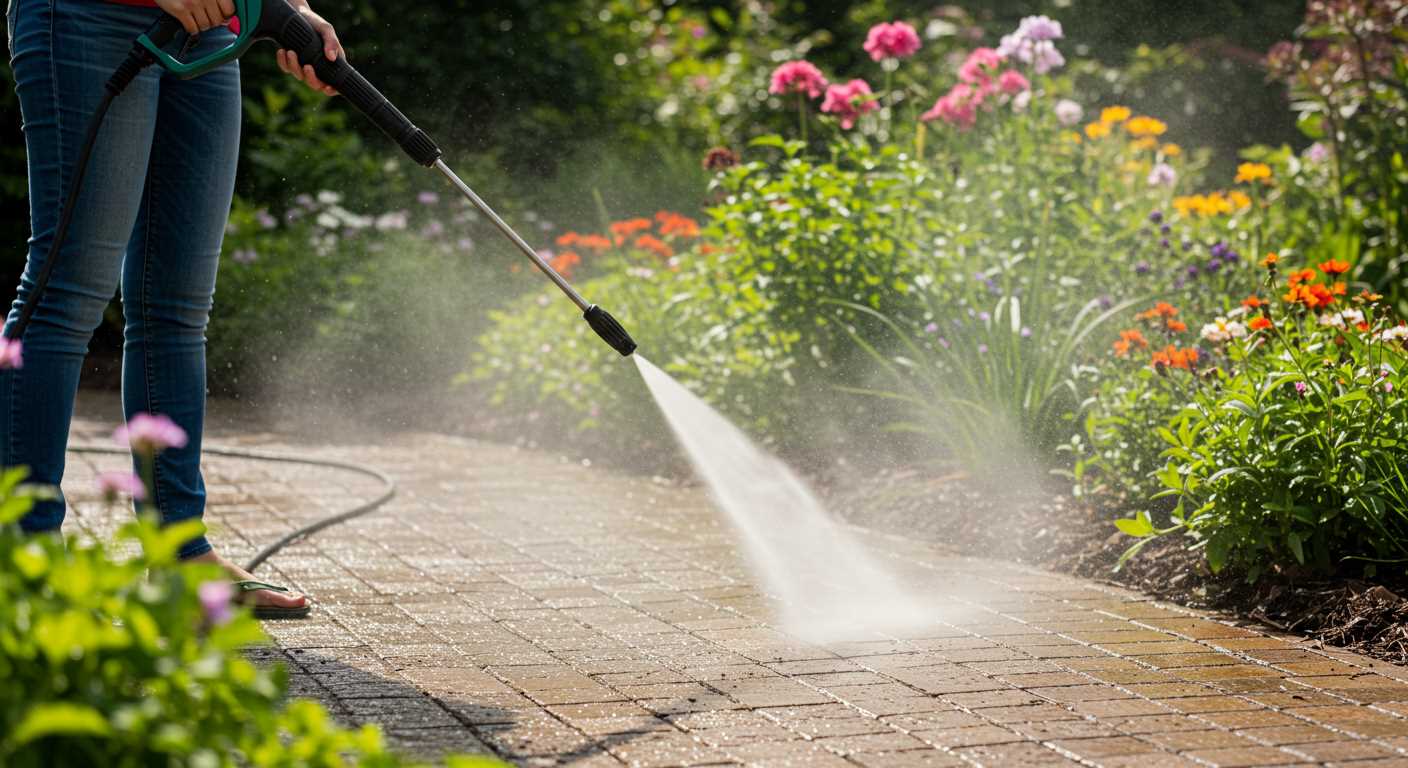
Start by inspecting the motor assembly. Listen for unusual sounds; a grinding noise may indicate worn bearings, which require immediate attention. Check for any visible signs of damage or overheating, as these can signal a malfunctioning unit.
The pump is another critical area. Make sure there are no leaks around the seals, as this could point to wear or improper connections. Test the pressure output using a gauge, which can reveal if the pump is delivering adequate performance or if a replacement is necessary.
Hoses deserve close examination as well. Look for signs of wear, such as bulges or cracks, which may disrupt water flow. If the diameter of the hose is too small for your model, this might restrict water pressure, causing interruptions in performance.
The nozzle can severely impact functionality. Ensure the orifice is clear. A clogged nozzle can create back pressure and force the motor to shut down. Use a small needle to clean the nozzle holes, restoring normal flow rates.
Electrical connections should not be overlooked. Make sure all wiring is intact and free of corrosion. A loose connection could cause intermittent power issues, resulting in unexpected shutdowns.
Lastly, check the filter and screen assemblies that prevent debris from entering critical components. Clean these regularly to maintain optimal performance. Any clogging here can lead to a chain reaction of malfunctions throughout the unit.
In summary, thorough inspections of the motor, pump, hoses, nozzle, wiring, and filters will provide insight into potential issues and ensure reliable operation. Regular maintenance practices extend the life of the machine and enhance cleaning effectiveness.
Investigating Electrical Faults and Wiring
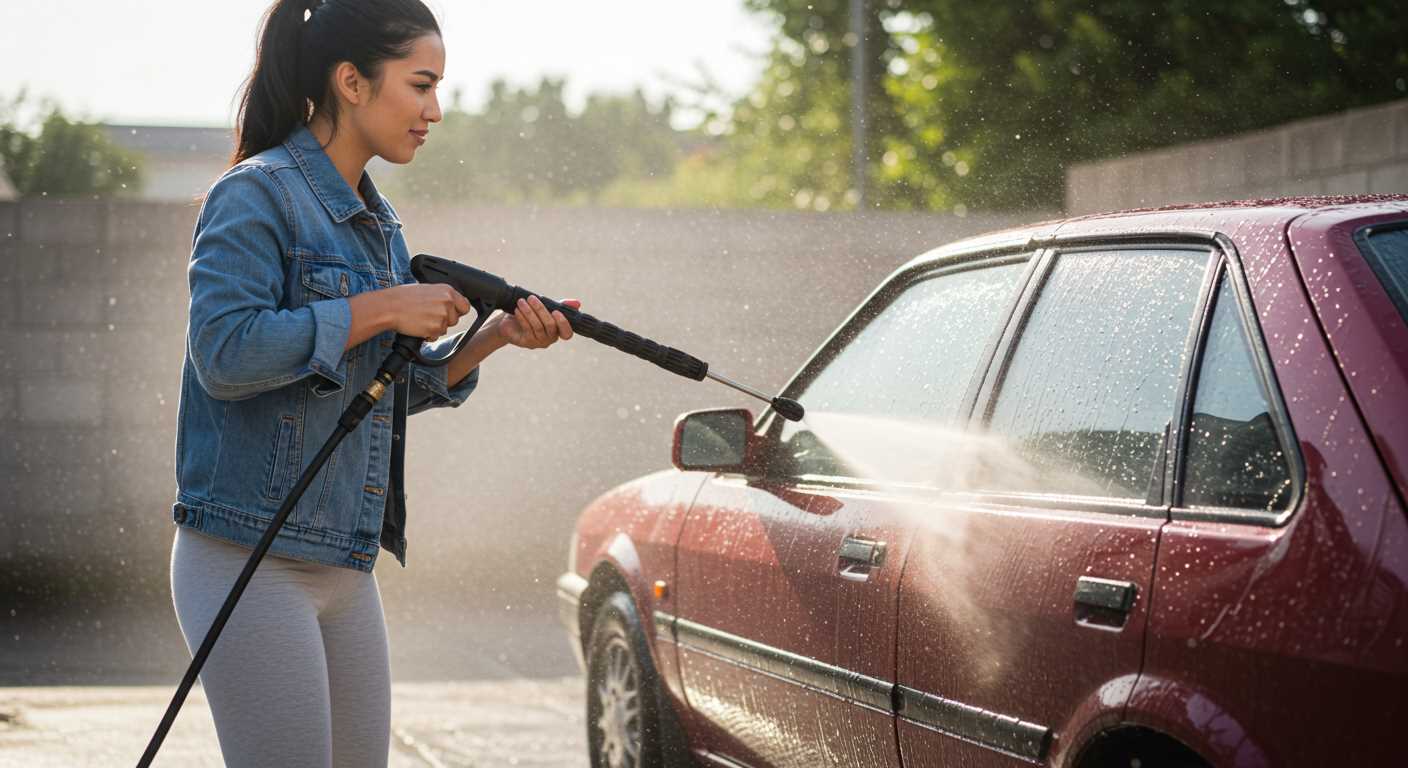
Inspect all power cables and connections for signs of wear or damage. A frayed cord can cause intermittent functionality, resulting in frequent interruptions. Ensure that connections are tight and free from corrosion. Use a multimeter to check voltage at the plug to confirm consistent power supply. If readings are fluctuating, the issue likely lies within your electrical circuit.
Examine the internal wiring of the unit as well. Loose or damaged connections can lead to short circuits that result in sudden stoppages. Pay close attention to the wire connections to the motor and control board. If you’re not comfortable with electrical components, consider consulting a professional technician.
Weigh the possibility of an overloaded circuit. If other devices are running on the same outlet, it may not provide sufficient power to operate the machine continuously. Test the cleaning device on a dedicated outlet to see if performance improves.
Here’s a simple troubleshooting table for electrical faults:
| Issue | Possible Cause | Solution |
|---|---|---|
| Frequent shutdown | Worn power cord | Replace the power cord. |
| No power | Faulty outlet | Test with another device in the same outlet. |
| Inconsistent operation | Loose internal wiring | Inspect and tighten connections. |
| Intermittent function | Voltage drops | Check multimeter readings and outlet capacity. |
Vigilance in monitoring the machine’s connections and electrical integrity can prevent future interruptions and prolong its lifespan.
Maintenance Tips to Prevent Cutting Out
Regularly inspect and clean the filters to ensure optimal flow. Blocked filters can significantly impede performance and cause unnecessary shutdowns.
Routine Cleaning
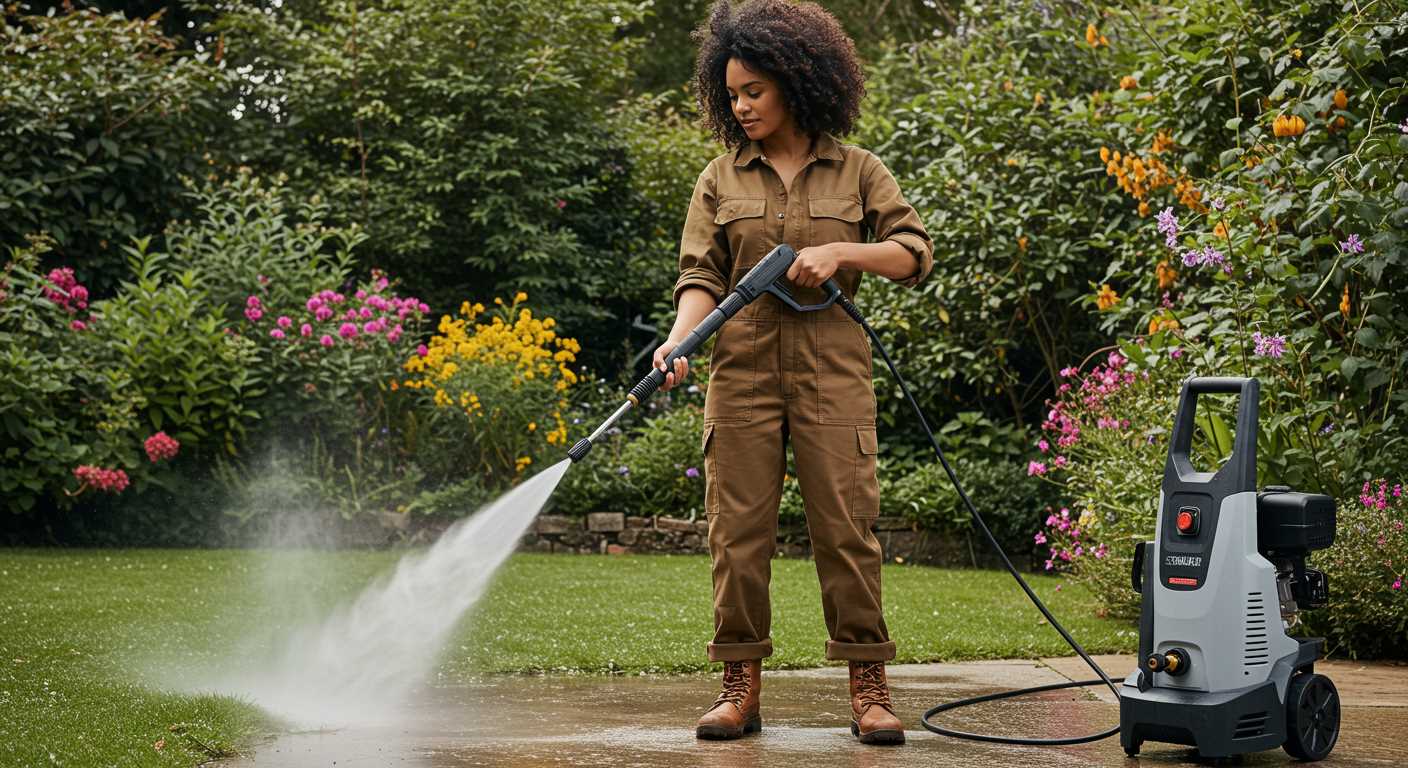
- Disconnect the power and water supply before cleaning.
- Remove the inlet filter and rinse it under warm water. Use a soft brush to dislodge any debris.
- Check the quick-connect fittings for dirt and ensure they are clear.
Checking Electrical Connections
- Examine power cords for frays or damage. Replace them if you find any issues.
- Ensure plugs fit snugly. Loose connections can lead to intermittent power interruptions.
- Inspect the outlet used for signs of wear or insufficient voltage. Test with another device.
Properly securing and managing hoses is equally important. Kinks and twists can hinder flow and pressure.
Hose Management
- Store hoses coiled without kinks. Use hose reels to keep them tidy.
- Regularly check for leaks or cracks and replace any damaged sections promptly.
Don’t overlook lubrication of moving parts. Lack of lubrication can lead to friction and overheating.
Lubrication
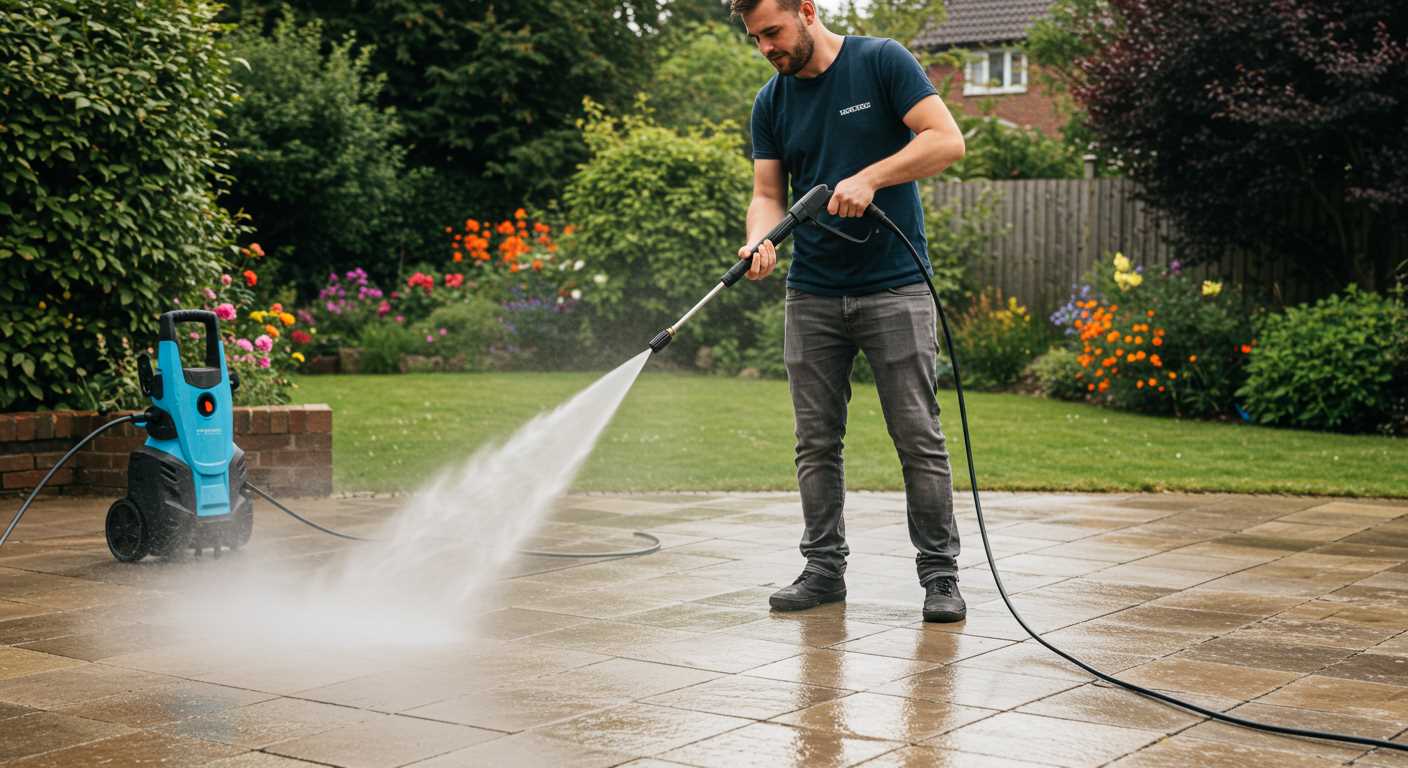
- Consult the user manual for specific lubrication points and recommended products.
- Apply lubricant as needed and wipe away excess to prevent dirt buildup.
Lastly, schedule seasonal maintenance checks. A thorough assessment can identify potential issues before they escalate.
Seasonal Maintenance
- Before storage, fully drain the unit to prevent internal damage.
- Inspect seals and gaskets for wear and replace if necessary.
- Test the functionality of safety features and switches regularly.








